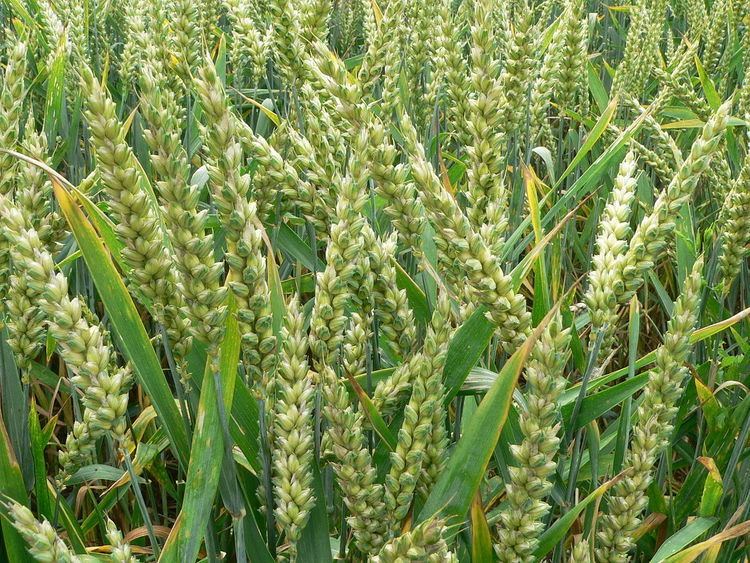 | ||
Rabi crops or Rabi harvest are agricultural crops sown in winter and harvested in the spring in the South Asia. The term is derived from the Arabic word for "spring", which is used in the Indian subcontinent, where it is the spring harvest (also known as the "winter crop").
The rabi crops are sown around mid-November, after the monsoon rains are over, and harvesting begins in April/May. The crops are grown either with rainwater that has percolated into the ground, or with irrigation. A good rain in winter spoils the rabi crops but is good for kharif crops.
The major rabi crop in India is wheat, followed by barley, mustard, sesame and peas. Peas are harvested early, as they are ready early: Indian markets are flooded with green peas from January to March, peaking in February.
Many crops are cultivated in both kharif and rabi seasons. The agriculture crops produced in India are seasonal in nature and highly dependent on these two monsoons.
Examples of Rabi Crops:
